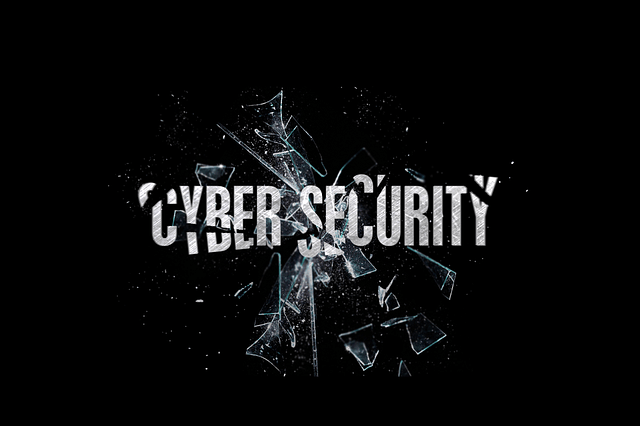5 Critical Layers Cyber Security Architecture That Safeguards Your Sensitive Business Data
From your early days in school, you want to become a leader instead of a follower. As you grow up, that feeling turned into a desire. Instead of taking the traditional 9-5 job route, you decided to become an entrepreneur. You started your own business and worked tirelessly to get it off the ground. It took you almost a decade to expand your business beyond the boundaries of your country and become a global business.
As you continue to achieve business success, you started getting more attention from cyber criminals and hackers. One fine morning when you woke up and accessed your business, it was not accessible. When you reached your office to figure out a problem, you realized that your business was affected by a cyber security attack and your sensitive business data is compromised.
All the hard work you put in for decades to take your business where it is today seems like a waste. Does that story seem familiar? Many entrepreneur shares the same story. They ignore cyber security and even if they don’t hackers can easily get access to sensitive data because of loopholes and poor security practices. They did not take any concrete measures to keep their data safe and end up paying a heavy price for it. If you want to know how you can prevent the same situation from occurring to your business, you are at the right place.

In this article, you will learn about five critical layers of cyber security that you should implement today to secure your sensitive business data.
- Network
Firewalls, demilitarized zones and data loss prevention is all part of network layer. The firewall acts as a gatekeeper and only allows legitimate traffic to pass through and making it difficult for unwanted intruders to get into your network. By creating a demilitarized zone, you can restrict access to certain part of the network. Network layer data loss prevention technology and solutions are used to sacure company network communications such as emails, web based applications and data transfers. As a result, your network communication stays private and secure. This helps organization to prevent data loss via the network. By restricting FTP and removable storage, you can minimize the risk of data theft from insiders.
2. Platform
Platform layer acts as a second line of defense from cyber attacks as it contains the most important weapon of your cyber security arsenal, the antivirus. Additionally, platform layer is also responsible for patching security specifications for your system. This keeps everything updated helping you to fight against both older and newer cyber security attacks. The primary goal of platform layer is to secure an entire platform by using centralized security architecture. It secures all the components that are part of a platform.
3. Application
In order to secure applications, it is important to understand and analyze how users interact with applications. The better you understand and analyze user interaction with your applications, the easier it will be for you to protect against application based attacks. Businesses can only allow certain application functions to take place and prevent others from executing. This goes a long way in securing your applications from application based attacks such as cross site scripting and parameter tempering. By inspecting packets and analyzing behavior, businesses can easily reduce malicious activity requests coming from worms and malware. Businesses can also invest in secure coding and develop their applications with security in mind to create a truly secure application, which is less vulnerable to data breaches and attacks.
4. Data
That is where your data resides. It comprises of Hostnoc affordable dedicated servers and data storage servers. In order to protect your data, businesses can encrypt their data. Encrypting data makes it unreadable for hackers even if they get access to it, making it worthless for them. Additionally, you can apply encryption at a file level and encrypt files. This makes it easy to transfer files as it can not be read by man in the middle or spoofed during transfer. You can restrict and prevent file sharing with enterprise rights management, which is a subset of digital rights management. This ensures that the copyrights stay with you and you control, who can share, reproduce and copy those documents. This prevents document tempering and misuse of data which can prove to be fatal for businesses.
5. Response
Last but certainly not the least is response. This layer is a responsible for monitoring, detecting intrusions and remediation of damage caused due to cyber attacks. Keep a close eye on suspicious activities and raise the red flag as soon as you find anything malicious. Secondly, identify intrusion attempt irrespective of whether they are successful ones or failed ones. This will give you in depth insight about where the loopholes are present in your security architecture so you can fix them far more easily. Lastly, you need to develop a response mechanism which allows you react smartly when your business come under a cyber security attack. You don’t want to be left in a state of shock and does not know how to react in such a situation.
Conclusion
Businesses need to take a proactive approach to cyber security if they are serious about protecting their sensitive data from prying eyes. As a business, you want to make it as difficult for hackers as possible and the best way to do that is to use a layer security architecture. Even if the hackers manage to bypass your firewall and antivirus and antimalware software, they still have to get past more security checks, which make it tough for them to get access to your sensitive data. Follow the best security practices in your organization and develop applications with security in mind. Develop a solid response mechanism and constantly look out for suspicious activities.
Which layer is most important in your opinion and why? Feel free to share it with us in the comments section below.



